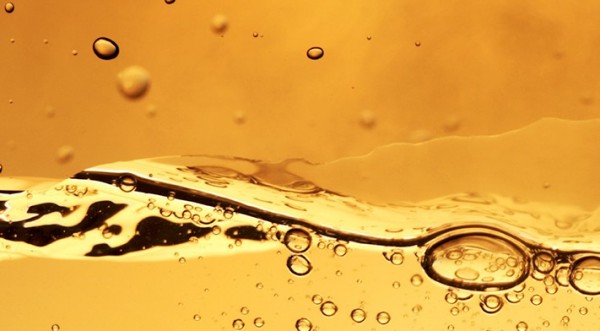Veritas Petroleum Services (VPS) expressed reservations about some of the proposed revisions to the international ISO 8217 specifications of marine fuels. Both VPS and INTERTANKO believe that proposed changes may undercut the efforts of the shipping industry toward improving fuel quality.
Areas of significance include proposed changes that may be unfavourable to ship owners and operators:
Clause 5 General requirements
Clause 5.3 of the current ISO 8217:2012, the fifth version, states that “fuels shall be free from any material that renders the fuel unacceptable for use in marine applications”. There is also explicit mention in Clause 5.5 that “The fuel shall not contain any additive at the concentration used in the fuel, or any added substance or chemical waste that jeopardizes the safety of the ship or adversely affects the performance of the machinery, or is harmful to personnel, or contributes overall to additional air pollution”. However, this statement emphasizing the importance of safety for the ship, crew and environment has been dropped from the Draft International Standard (DIS) ISO 8217. The proposed Clause 5.2 simply states that “The fuel shall be free from any material at a concentration that causes the fuel to be unacceptable for use in accordance with the Scope of this International Standard”. Surprisingly, the draft new standard acknowledges the inadequacy of this statement by noting that “Determining the concentration of a material that causes the fuel to be unacceptable for use is not straightforward”. Gerard Rohaan, CEO, VPS, said, “This change to Clause 5 overlooks the fact the international marine fuel standard, ISO 8217, was introduced to govern fuel quality with an implied need to ensure seaworthiness of the ship. This spirit of the fuel quality standard should not be compromised by semantics.” “We are concerned that while a reference to a ‘de minimis’ level of FAME for DMA, DMZ, DMB and RM grades is retained, the clarification of what is meant by ‘de minimis’ in Annex A has been increased from 0.1% to 0.5% by volume,” added Ian Harrison, Senior Manager – Technical of INTERTANKO.
“Our understanding is that the ‘de minimis’ level is a tolerance to allow for trace contamination of fuel. Increasing the limit to 0.5% goes beyond such a philosophy and potentially leads us down to path of arguing how much FAME is in the fuel, whether this meets the spec, or whether it may damage the engine – we could find ourselves arguing about limits of a substance that should not be in the fuel in the first place. We have concerns that the response to experience of contamination is to relax the requirement, rather than improve fuel quality to meet the standard.”
Clause 8 – Precision and interpretation of test results
This is a clause in the proposed new standard which effectively makes the ISO 4259 a requirement when interpreting test results in a dispute case. It notes that the recipient cannot consider a product out of specification “unless the test result exceeds the specification limit value by more than the 95% confidence limit”.
This relaxation of testing tolerances will allow the supplier to deliver a product well beyond the current maximum limits, for instance, the Al+Si limit set at 60 ppm will be allowed to go up to 72 ppm. In fact, several engine manufacturers have recommended a limit of 15ppm. “This would be cause for concern and we would appreciate further clarification on amendments to this clause and its consequences,” urged Harrison.
Cloud Point and Cold Filter Plugging Point
An additional item of importance is that the cloud point and cold filter plugging point is still not included for the distillate fuel specifications. This means that pour point is still the only cold flow property determinant for distillate fuels.
There is sufficient VPS Data to show that pour point alone is not sufficient guarantee especially because it can be depressed by additives thus giving the operator a false sense of safety. “We are disappointed to learn that an additional parameter for cold flow properties (other than pour point) has not been included. Recent experience has shown this to be an issue, but there is only a reference to Cloud Point and Cold Filter Plugging Point, rather than a requirement to test,” said Rohaan. In February last year, BIMCO also highlighted this risk when it issued a warning to its members, stating that “DMA 0.1%, which was analysed to be within the specifications for ISO 8217, DMA, has been forming large amounts of paraffin in the MGO tanks which has caused obvious problems.
The cloud point for this MGO was 32 degrees Celsius, which is the temperature where formation of paraffin starts, but the Cloud Point is not part of the ISO 8217 specification”. Improvement of fuel quality standards VPS and INTERTANKO are of the opinion that the above proposed changes to the draft international standard ISO 8217 (DIS) might undermine the shipping industry’s efforts in pushing for improvements in fuel quality. We therefore urge ship owners, operators and national authorities to join our call for raising fuel quality standards within the industry. All parties are reminded that voting for this Draft International Standard (DIS) 8217 by participating countries closes on April 4, 2016.
Source: Veritas Petroleum Services































































